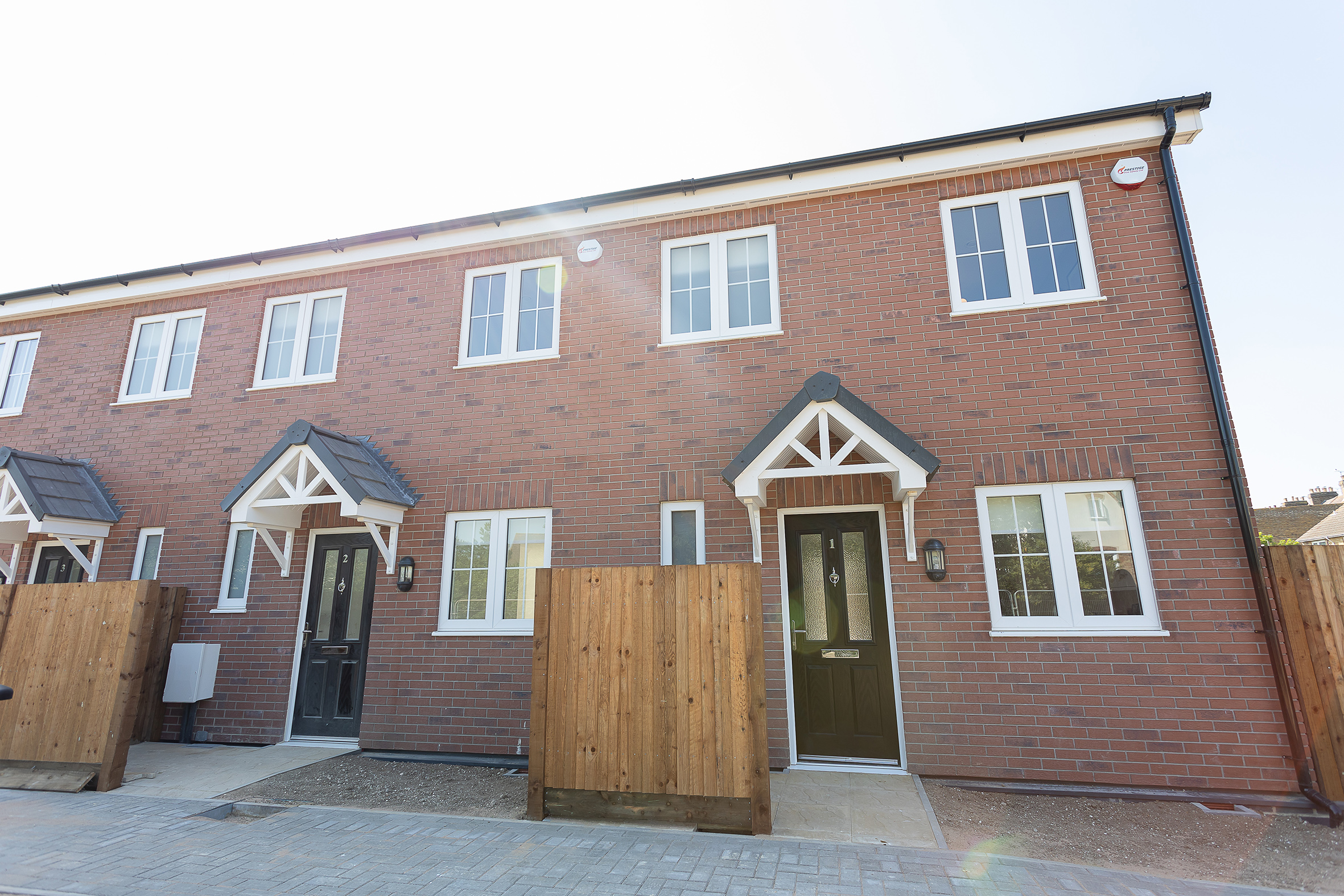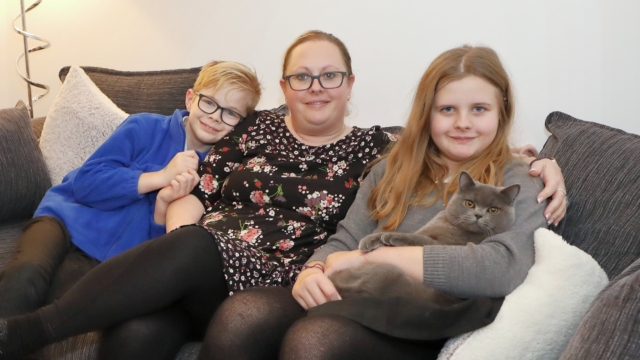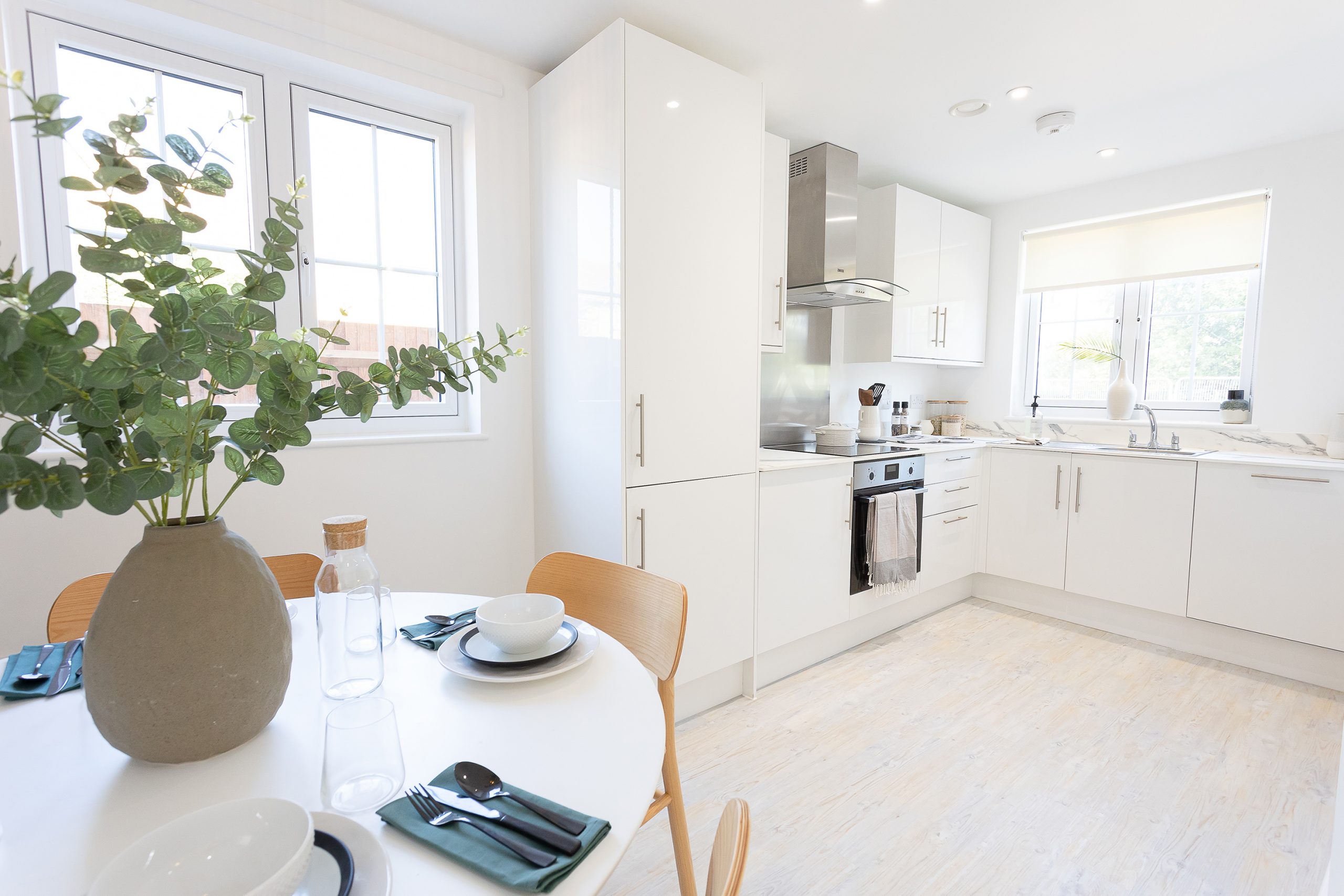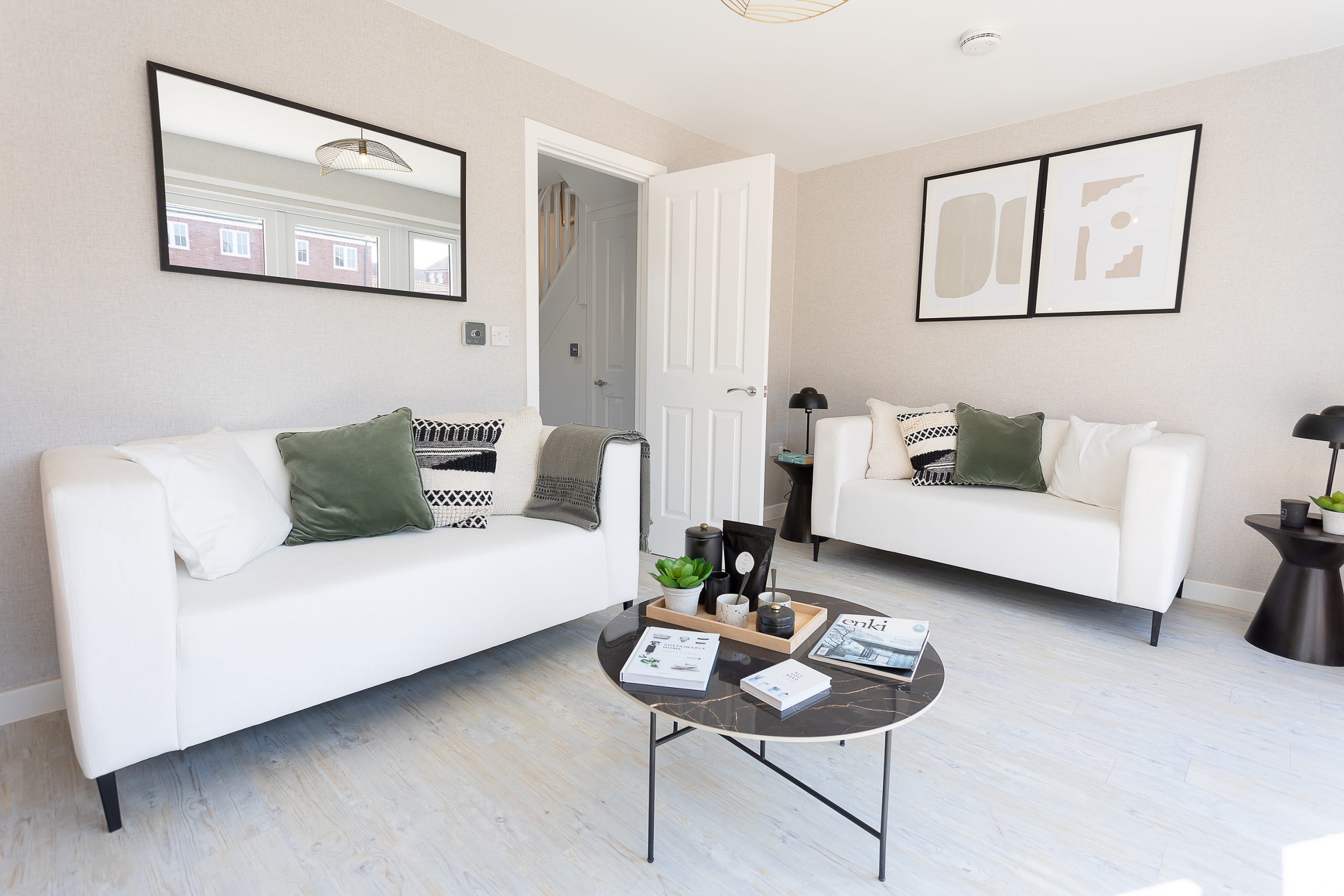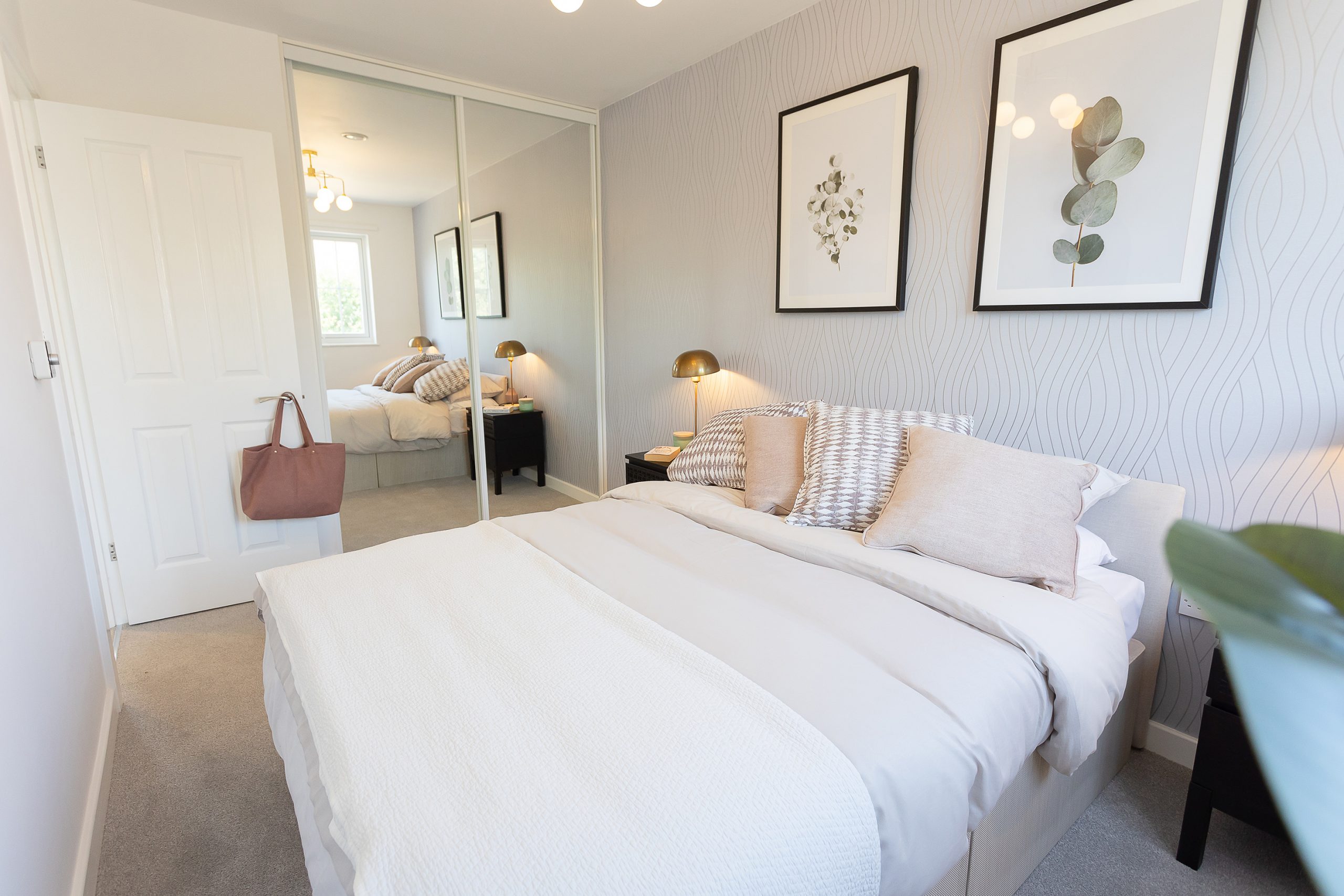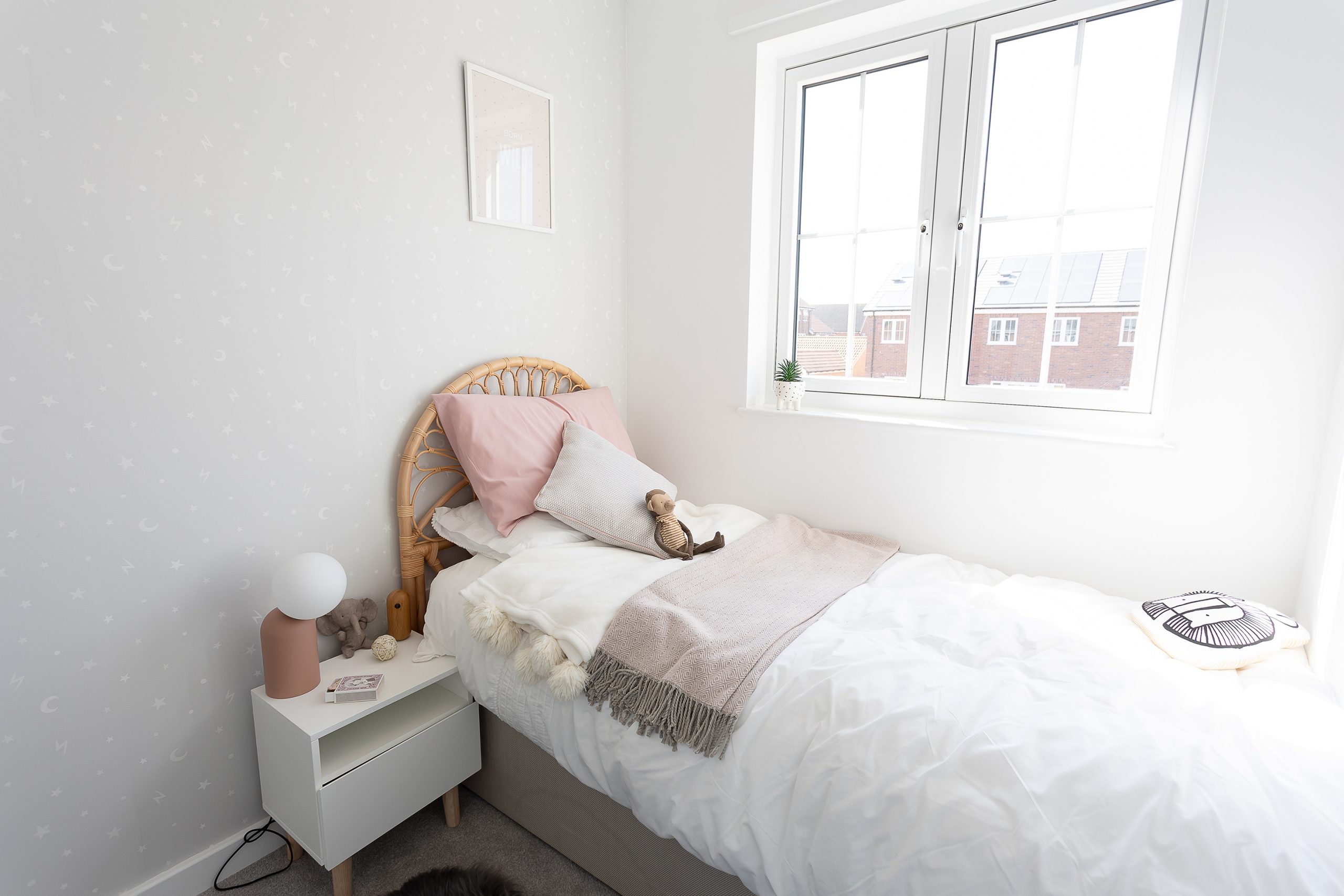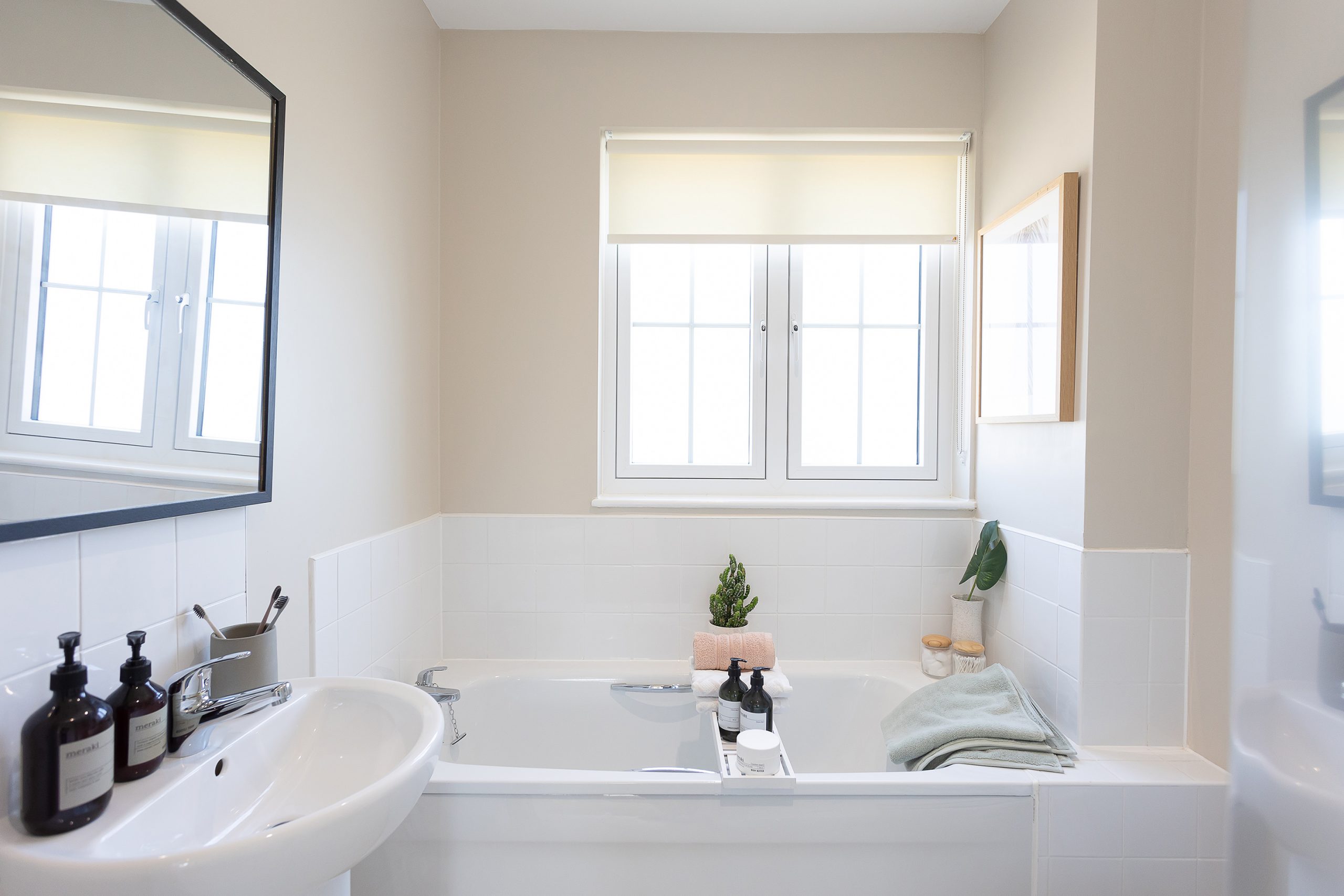Jo Law and her children are the first family to move into an energy-efficient all-electric ‘power home’ in Kent
Jo Law shakes her head in disbelief as she says: “I’ve only had to put my heating on twice since I moved here in September – and one of those times was to test it out.
“I’ve never lived anywhere before where I’ve not needed the heating on in December.”
Like many people, mother-of-two Jo wants to do her bit for the planet, safeguarding it for her children and future generations. But she never imagined that her choice of home could be beneficial to the planet – as well as safeguarding her against energy price increases by saving her money.
Jo and her children were the first family to move into a new generation of “power homes” that are designed so they can generate more energy than they consume.
The 38-year-old had been through a turbulent time with major life changes as she separated from her partner, battled with Crohn’s disease, was diagnosed with bowel cancer and had to shield during the pandemic. Her new home signifies a fresh start.
“I had to sell my home I had with my partner after we separated and I couldn’t afford a mortgage to buy a place on my own,” explains Jo, who lives in Sittingbourne, Kent.
When she heard about new energy-efficient all-electric “power homes” in Kent which were becoming available to rent, she and her two children Molly, 13, and Harry, 10, became the first family to move in.
The all-electric modular homes are built in a factory in Cambridgeshire in partnership with offsite manufacturer Premier Modular Group and can generate more energy than they consume.
Featuring a roof covered in photo-voltaic solar roof panels which are disguised to blend in with traditional roof tiles allows the properties to generate their own electricity.
With an EPC rating of A, the homes are kept warm by airtight high performance structural panels and consume less electricity by being fitted with A energy-rated dishwashers, fridge freezers and washer dryers.
Meanwhile, a traditional boiler isn’t needed to heat water as hot water is provided to the home by a hot water tank with an integrated air source heat pump.
The homes generate enough electricity to charge an electric vehicle for free every day and any excess electricity can be sold back to the grid. The overall energy bills can be up to 85 per cent cheaper than those faced by an average household.
While millions of families across Britain live in old, cold and draughty homes, Jo says that she and her children have already noticed the difference since moving into their energy-efficient home from Public Sector Plc.
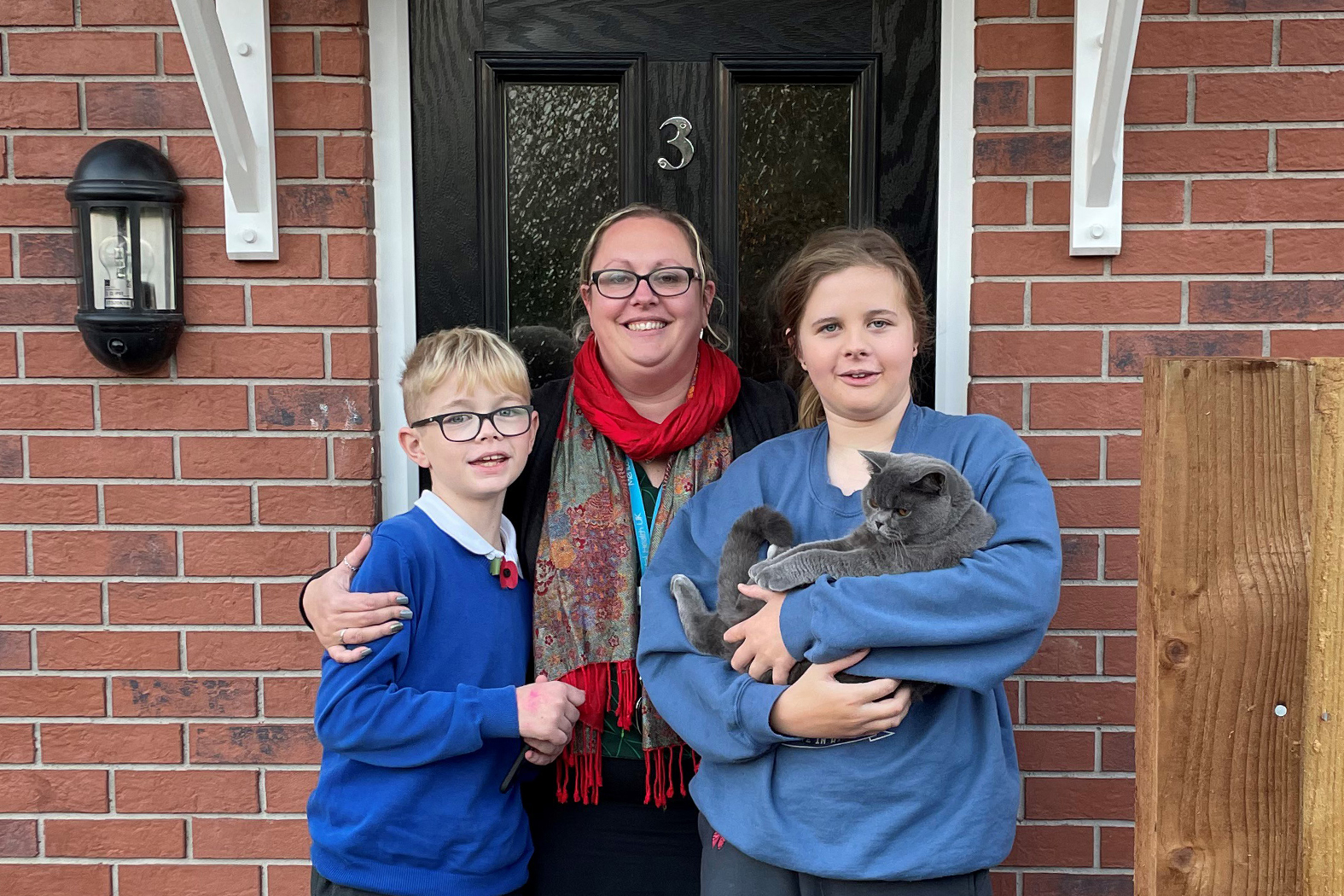
“I love the energy efficiency and simplicity, and for the first time in my life, I’m not at all worried about needing to put the heating on all the time through the winter months.” Jo tells i.
“In fact, I’ve not needed the heating on because the house is so warm without it. Like most people, I have spent most of my life living in older homes which become difficult to keep warm during the winter.
“Even when we do need to put the heating on, we know we won’t have the worries of not being able to afford it. Even though a lot of the rooms in this house are bigger than our old home, our overall bills are a lot less.”
Mark Davis, partnerships director at Public Sector Plc, says that according to the UK Green Building Council, the built environment contributes 40 per cent of the UK’s total carbon footprint.
“Instead of creating homes which only consume energy, we wanted to flip this approach on its head and deliver homes which produce energy too.” he explains.
“In achieving this, we’ve been able to create new homes which act as mini power stations rather than major energy drains.”
He adds: “As millions of us face steep energy price increases across the country, we think it’s incredibly important to highlight there are alternative types of homes to live in.”
Public Sector Plc designed the homes in Kent specifically for council and housing association partners and they are currently working with a number of public sector organisations to develop new, affordable homes across the UK.
For Jo, the knowledge that she is doing her bit for the environment is just as important as saving money.
“We all want to help save the planet and are doing things like trying not to use plastic.” she says. “I want my kids to grow up in a better environment and knowing our home is better for the planet is comforting.
“I can see normal houses nearby and when they turn their heating on, you can see fumes from the boiler coming out of the house. But there’s nothing from our boiler and you can’t even hear it as it’s so quiet.
“All the eco stuff is in the loft and locked, so it just feels like a normal home and doesn’t seem any different and is warm, safe and secure.
“After the difficult time I’ve had with bowel cancer and shielding, moving into this home has felt like a weight off my shoulders and we feel settled and the children are happy here.
“As we all start to become more conscious of climate change, it’s heartwarming to know that we’ll not be wasting energy or money this winter.”
